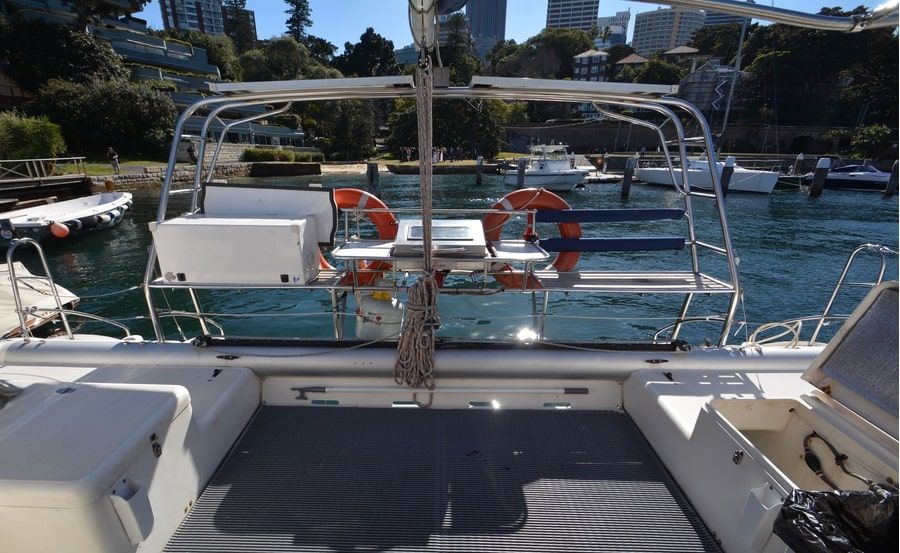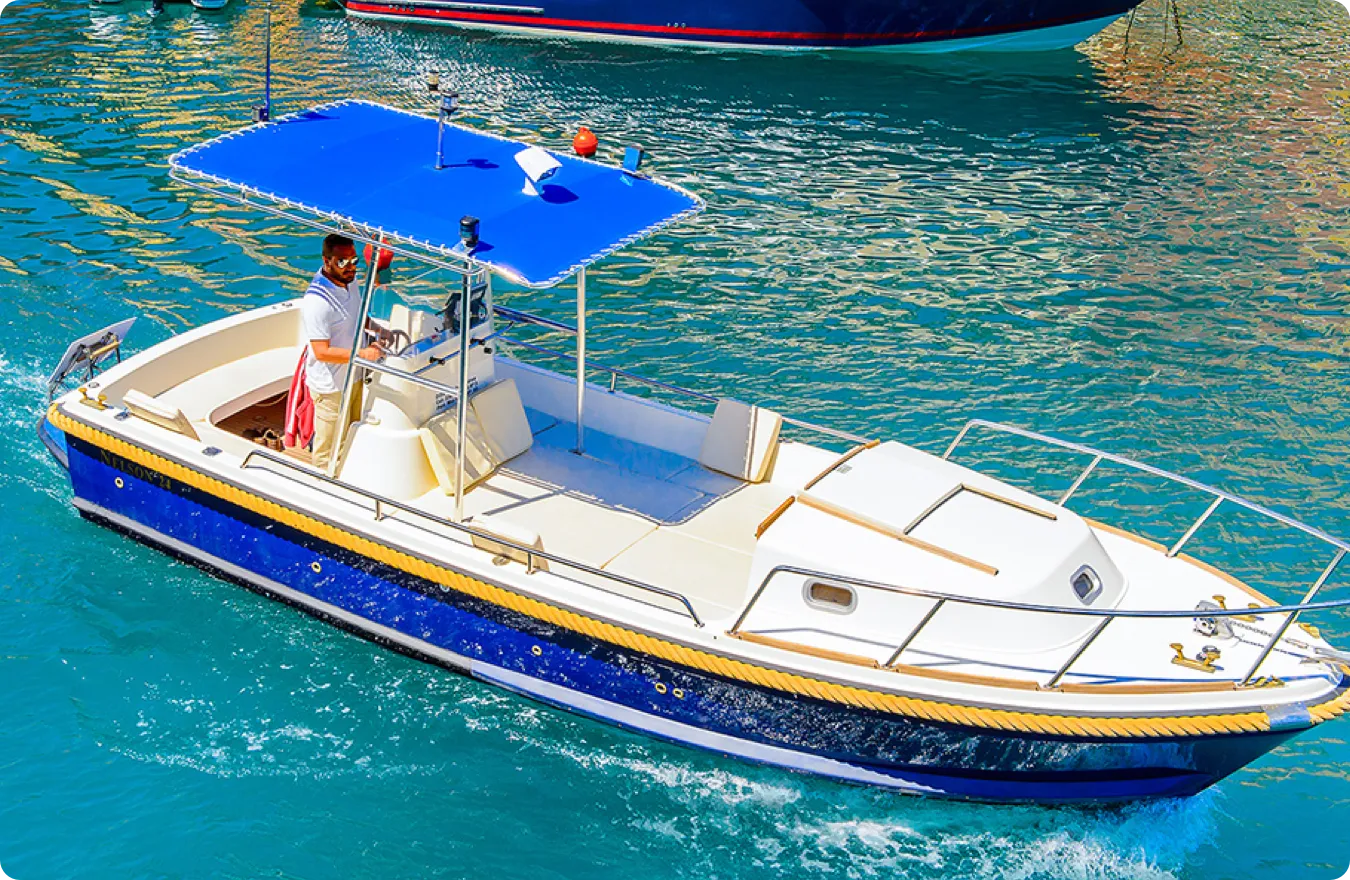When navigating Australian waters, understanding cardinal marks is essential for safe and efficient boating. Whether you’re a seasoned mariner or just starting out, cardinal markers provide crucial guidance on where to steer clear of hazards. In this guide, we’ll break down practical tips and tricks to help you quickly interpret cardinal marks and navigate with confidence.
What are Cardinal Marks?
Cardinal marks are a type of navigation aid used to indicate the safest water around a hazard. They are divided into four types – North, East, South, and West – each directing mariners on which side to pass. These markers rely on a combination of colour, shape, and top mark orientation, making them easily identifiable once you know what to look for. Understanding cardinal marks is a key skill for any boat operator, and mastering them can help prevent accidents, protect vessels, and ensure smooth passage through tricky waters.

Tips and Tricks for Understanding Cardinal Marks
1. Remember the Colour Pattern
Cardinal markers follow a simple black and yellow banding system:
- North Cardinal Mark: Black on top, yellow below.
- East Cardinal Mark: Black and yellow stripes (black at top and bottom, yellow in the middle).
- South Cardinal Mark: Yellow on top, black below.
- West Cardinal Mark: Yellow and black stripes (yellow at top and bottom, black in the middle).
A handy mnemonic to remember this: Never Eat Soggy Weet-Bix – North, East, South, West.
2. Recognise the Top Marks
Each cardinal mark has two cones on top, arranged to resemble a compass:
- North: Both cones pointing upwards (12 o’clock)
- East: Cones pointing away from each other, to make an egg shape (3 o’clock)
- South: Both cones pointing downwards (6 o’clock)
- West: Cones pointing towards each other (9 o’clock)
A simple trick? Think of the East mark as an Egg (wider in the middle) and the West mark as a Wine glass (narrow in the middle).
3. Understand Light Characteristics
Cardinal markers are equipped with flashing white lights that correspond to the points of a clock:
- North: Continuous flashes (think of the sun shining all day in the north)
- East: 3 flashes (like 3 o’clock)
- South: 6 flashes + a long flash (6 o’clock + a long siesta)
- West: 9 flashes (9 o’clock)
Using a clock-based approach makes it easier to recall light sequences when navigating at night.
4. Know Where to Pass
The fundamental rule of cardinal marks navigation is:
- Pass north of a North Cardinal
- Pass east of an East Cardinal
- Pass south of a South Cardinal
- Pass west of a West Cardinal
Visualising this on a map can help cement the concept, ensuring you’re always on the right side of the marker.
5. Cardinal Markers in Australia: Location Matters
Cardinal marks in Australia are positioned to help boaters avoid natural hazards such as reefs, sandbanks, and wrecks. Studying local charts and understanding how these markers fit into broader navigation routes will enhance your confidence on the water.

Why Understanding Cardinal Marks Matters for Coxswains
For those pursuing a maritime career or wanting to improve their boating skills, a strong grasp of cardinal markers is crucial. They form a fundamental part of the Coxswain Grade 3 Cardinal Marks Guide, helping operators safely navigate harbours, coastal waters, and inland waterways. If you’re preparing for a cardinal marks test or looking to refine your navigation skills, structured training can provide hands-on experience and real-world application of these essential markers.
Take Your Navigation Skills Further
Mastering cardinal marks is just one aspect of safe and effective boating. If you’re ready to enhance your knowledge and gain practical experience, the Coxswain Grade 3 Course at OnCourse Boat Licences is designed to equip you with the expertise needed to operate commercial vessels safely. With professional guidance, practical assessments, and a focus on real-world navigation, this course is ideal for those looking to step up their maritime skills. Whether you’re working towards certification or simply want to feel more confident on the water, investing in proper training is always a smart choice. We also offer courses for getting your General Boat Licence in NSW, Marine Radio Licence, Private Boat Handling Lessons and more.
Ready to get started?
As you can see now, understanding cardinal markers is a vital skill for any boater navigating Australian waters. By remembering colour patterns, top marks, and light characteristics, you’ll be well-equipped to interpret these crucial aids to navigation. And for those serious about advancing their boating expertise, enrolling in a structured training program (like the Coxswain Grade 3 course) can provide the confidence and skills needed to navigate safely and professionally.
Ready to take your maritime skills to the next level? Explore the Coxswain Grade 3 course today and start your journey towards expert-level boating.




